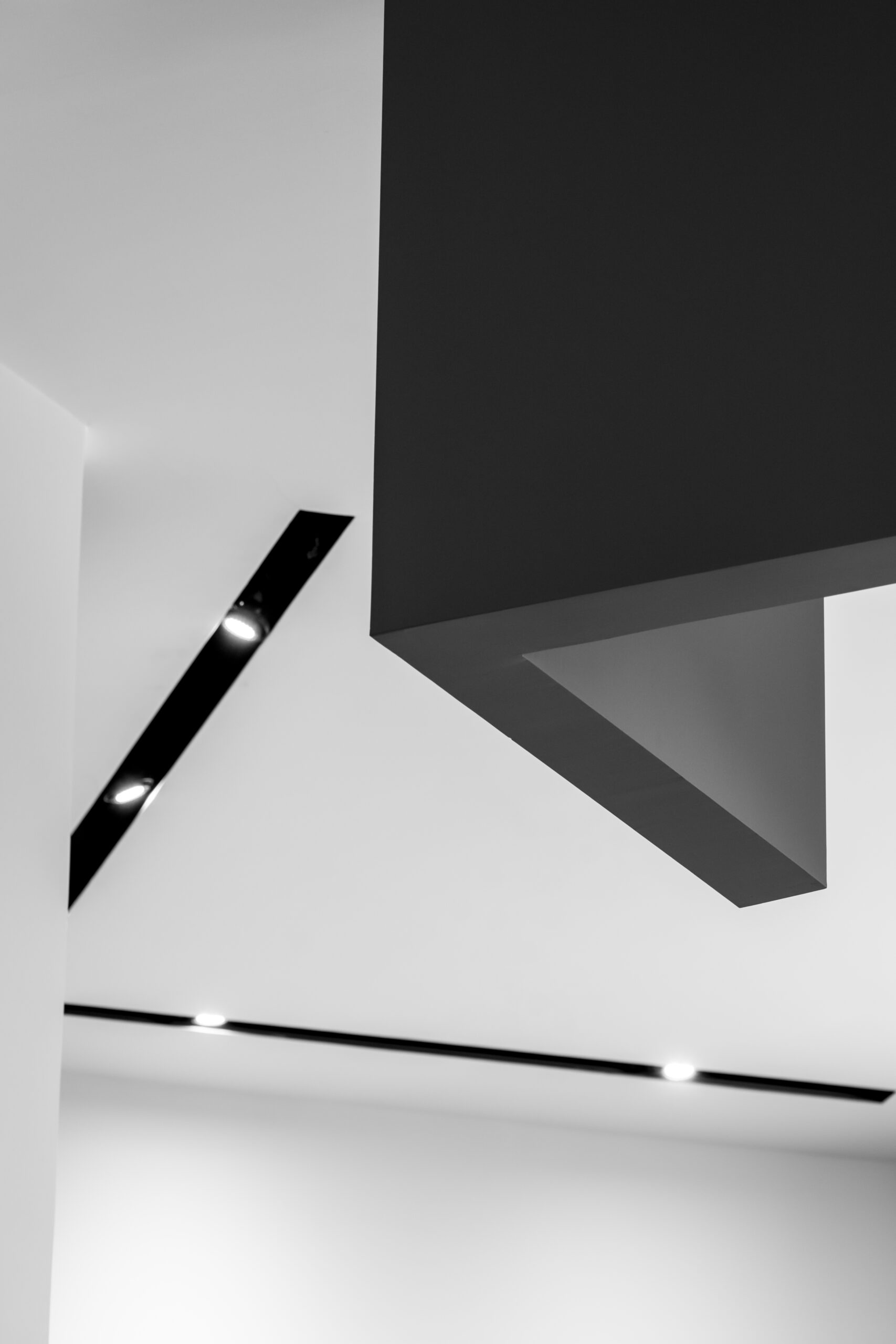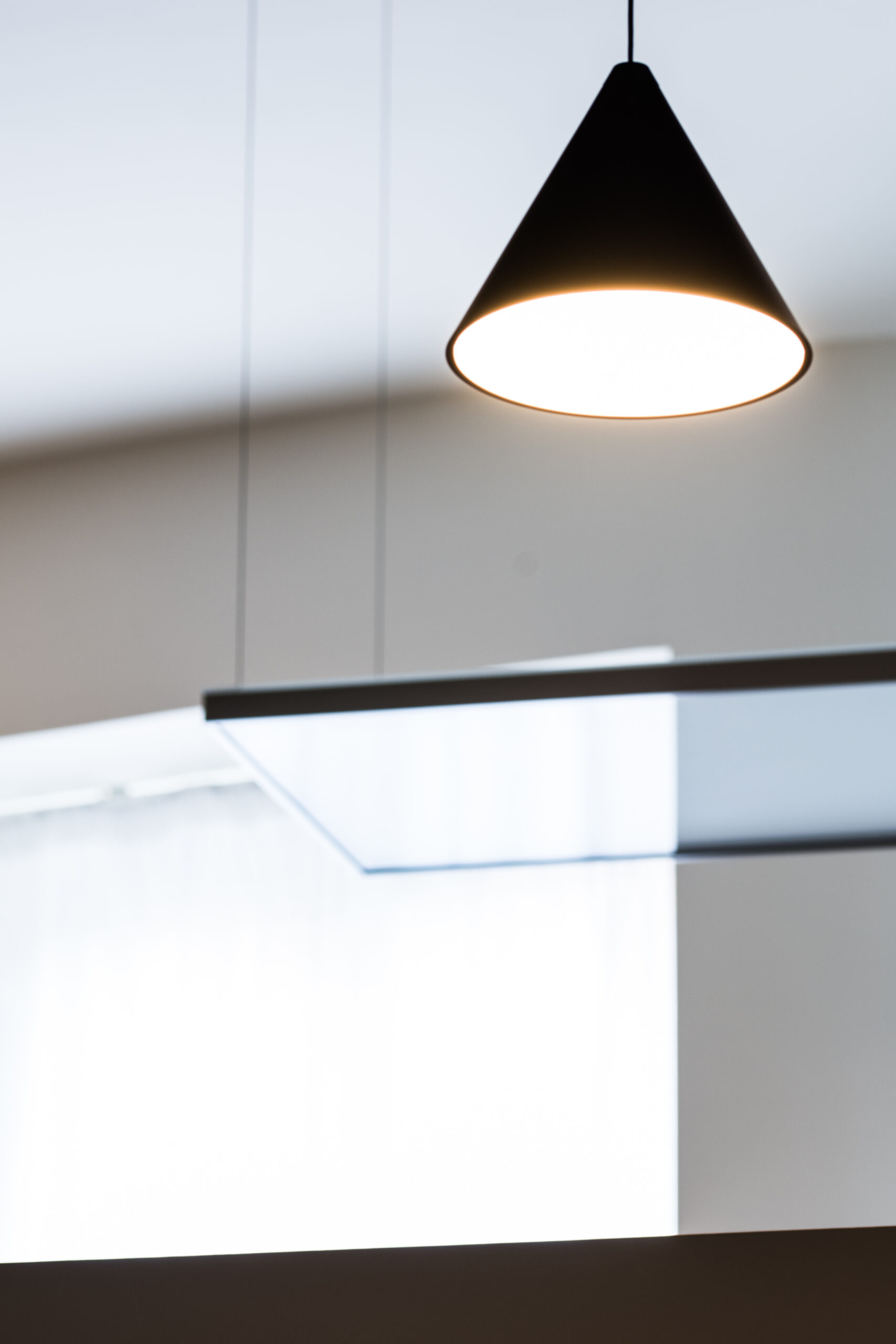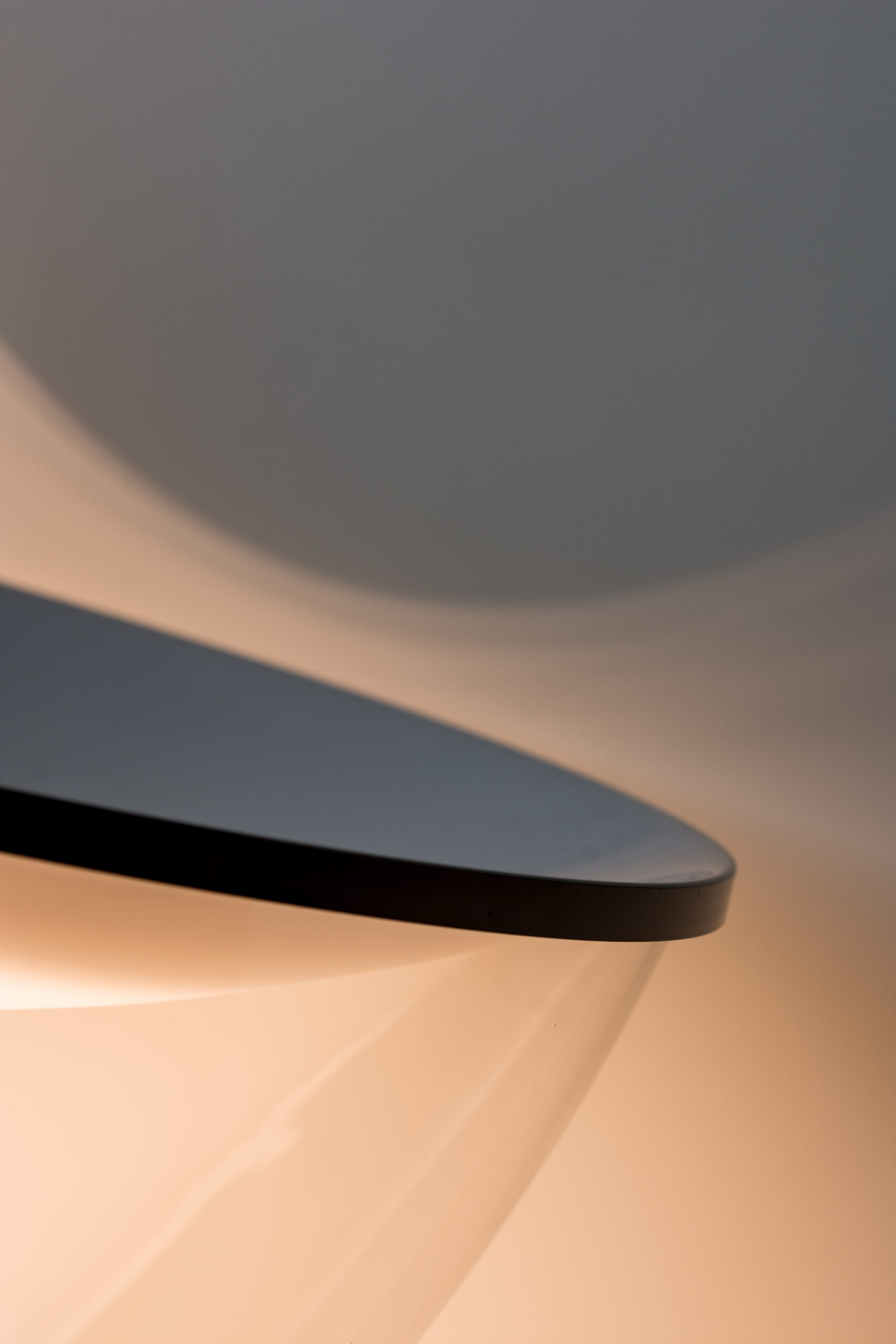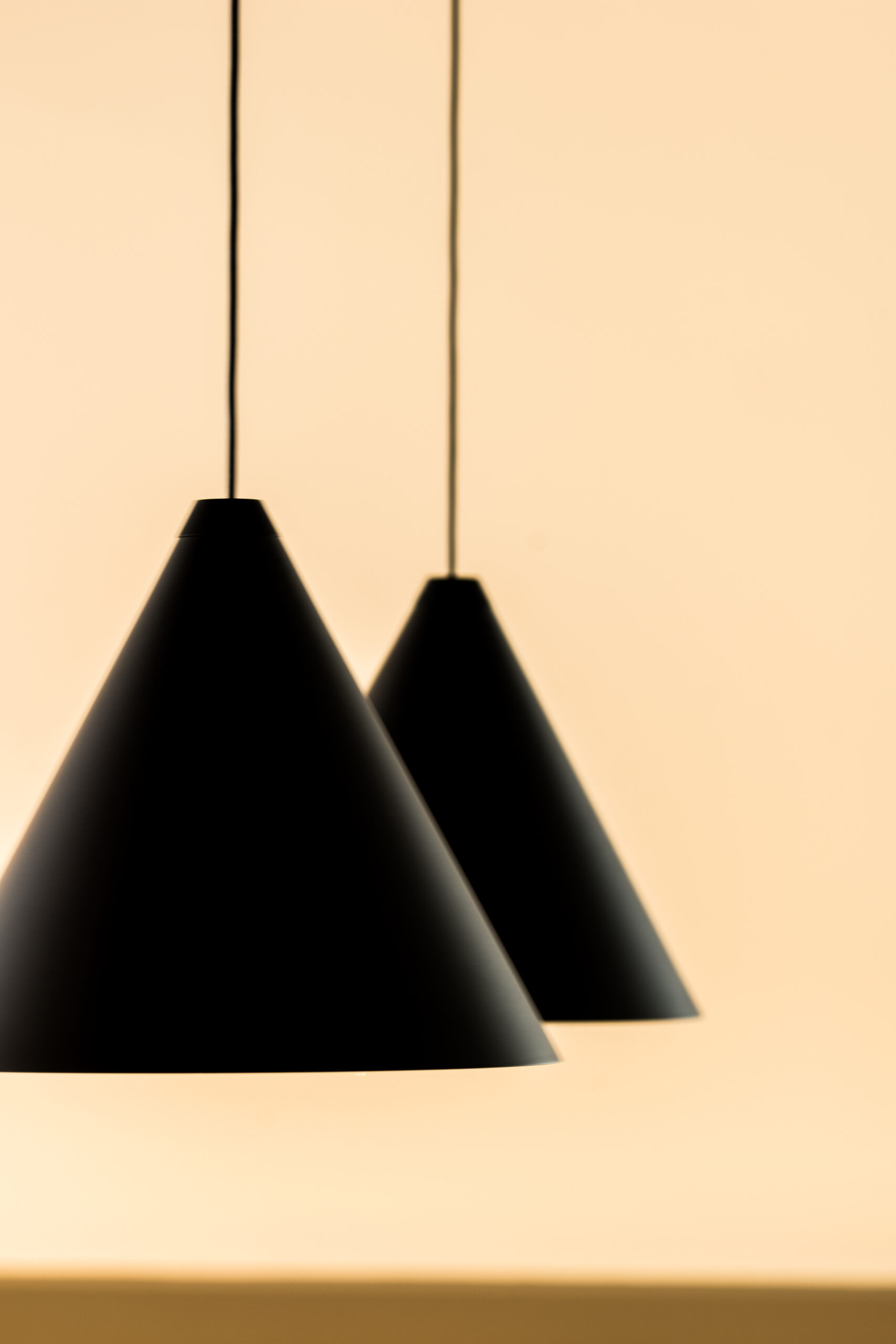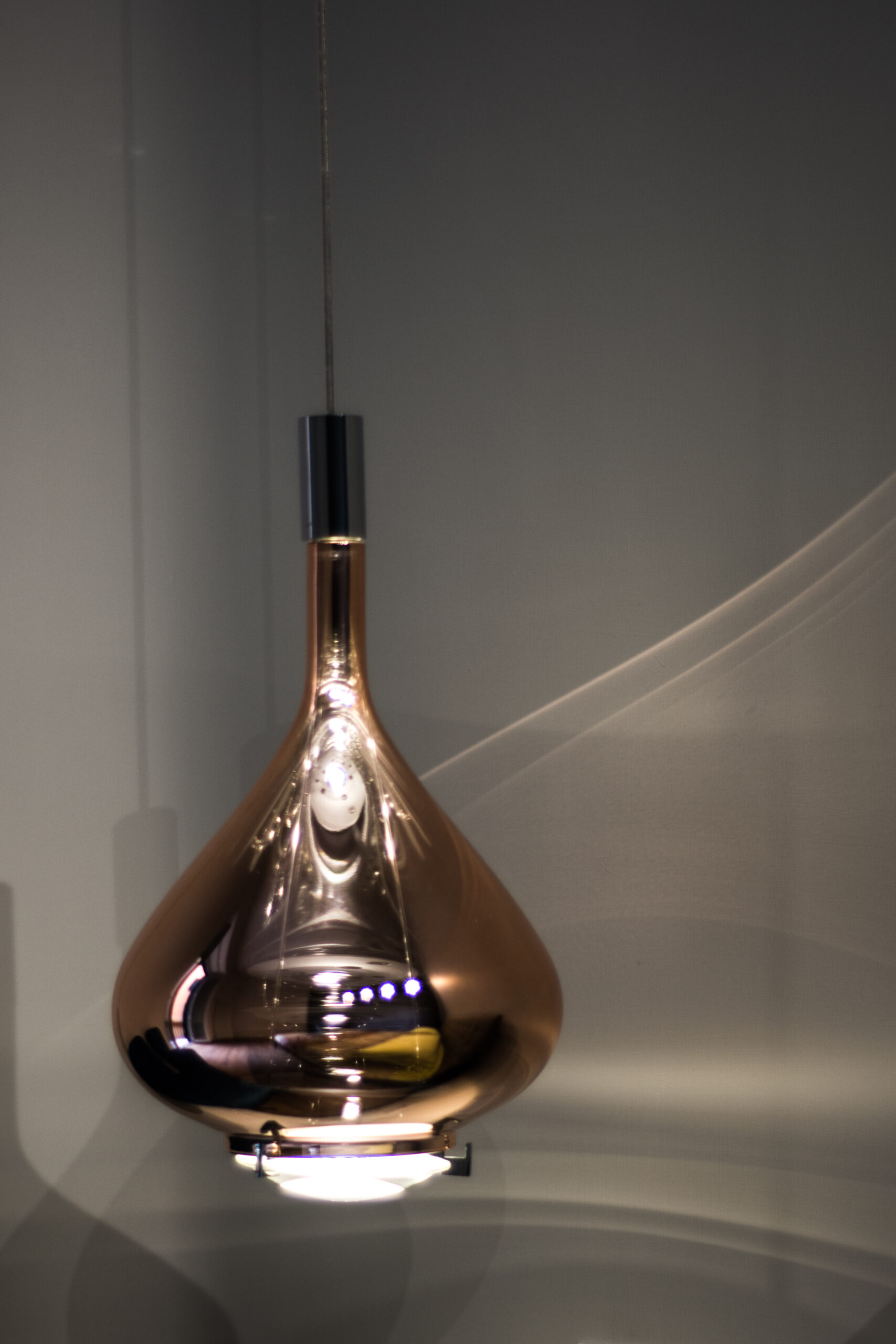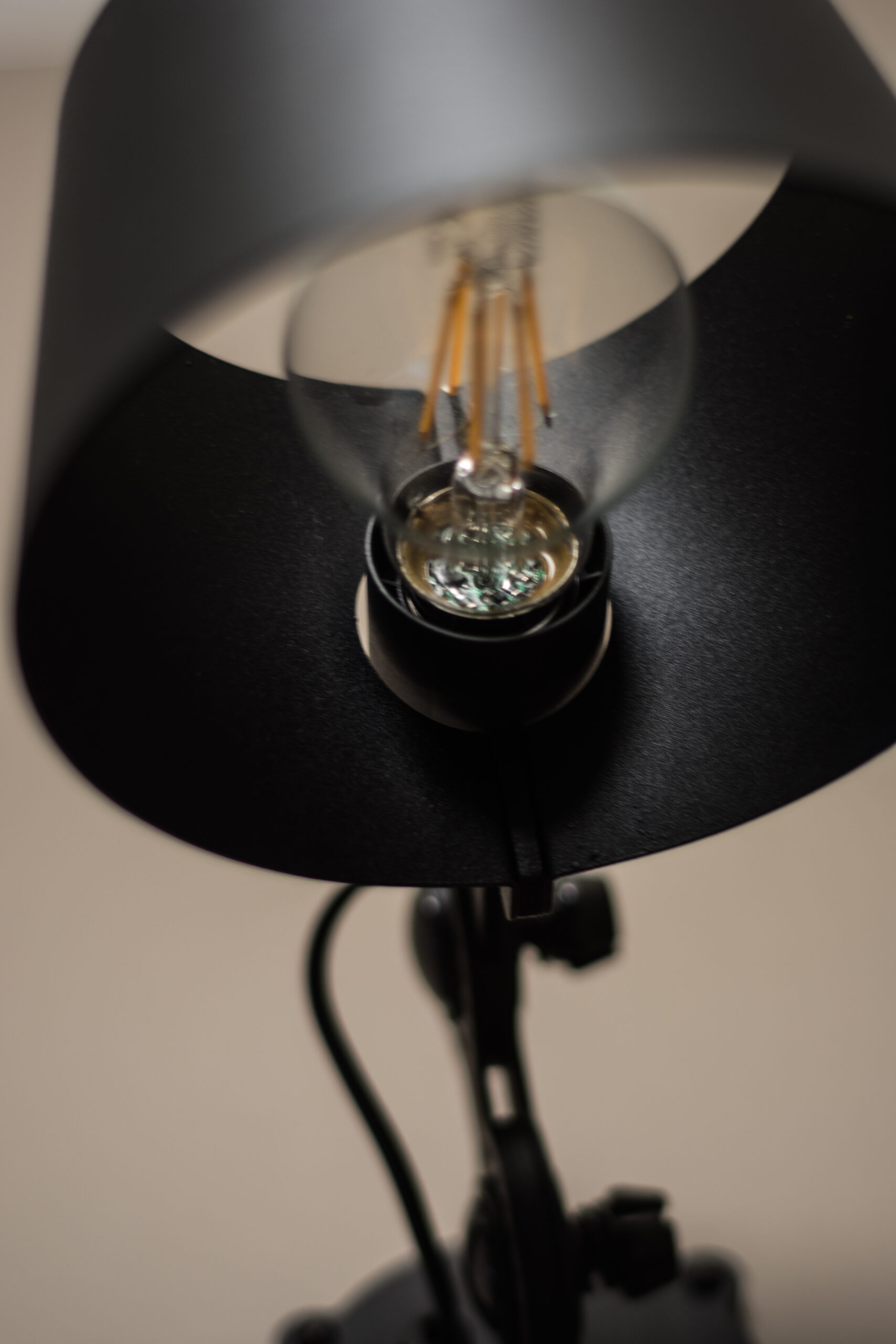How to light up your home
Types of lighting fixtures and room-by-room insights
During the design phase of the spaces of a house, the lighting technique is often set aside, as considered irrelevant or to be developed after the preliminary design phase; but that is not exactly how it is.
Light is one of the most important factors in a home, and to set up the correct lighting is perhaps not as simple as it appears. Many homes are poorly lit these days: some are very dark, others are over-lit with dizzy colours. Finding the right balance can certainly be a challenge, but excellent results can be achieved using the right devices.
To define the type of lighting suitable for certain environments it is first necessary to distinguish three different types of lighting:
Light is one of the most important factors in a home, and to set up the correct lighting is perhaps not as simple as it appears. Many homes are poorly lit these days: some are very dark, others are over-lit with dizzy colours. Finding the right balance can certainly be a challenge, but excellent results can be achieved using the right devices.
To define the type of lighting suitable for certain environments it is first necessary to distinguish three different types of lighting:
- Task lighting intended for the illumination of certain surfaces that require the user's attention, such as kitchen work surfaces, stairs, desks, etc.;
- Ambient lighting is the classic general lighting that provides an overall illumination of the spaces; it is usually soft and uniform, and must not create excessive contrasts or shadows;
- Accent lighting, used to spotlight objects or architectural details. It should be sporadic and brighter than the ambient lighting to stand out and draw attention. Let us see then how to illuminate the main rooms of our home in the most correct way.
ENTRANCE AND CORRIDOR
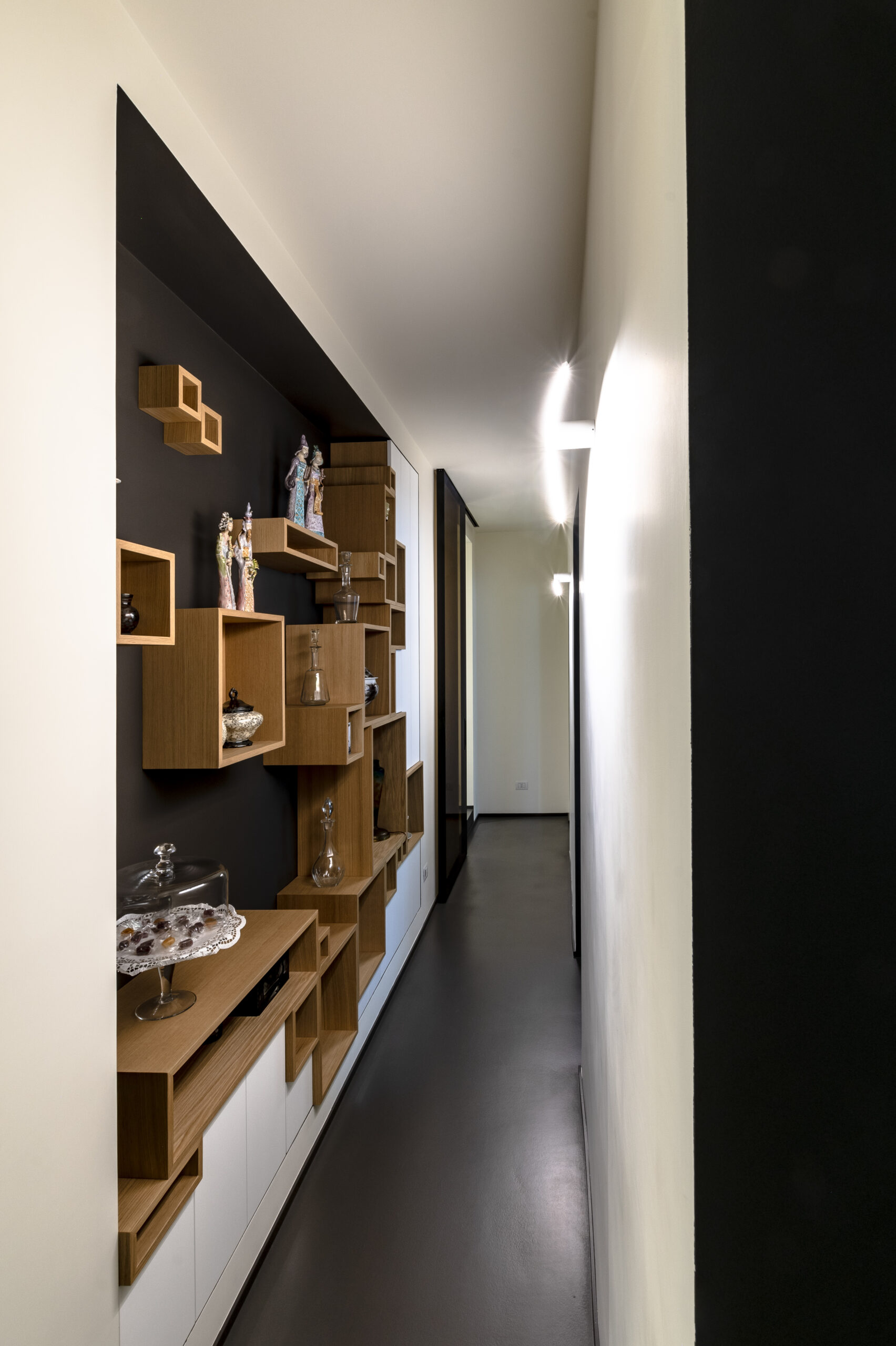
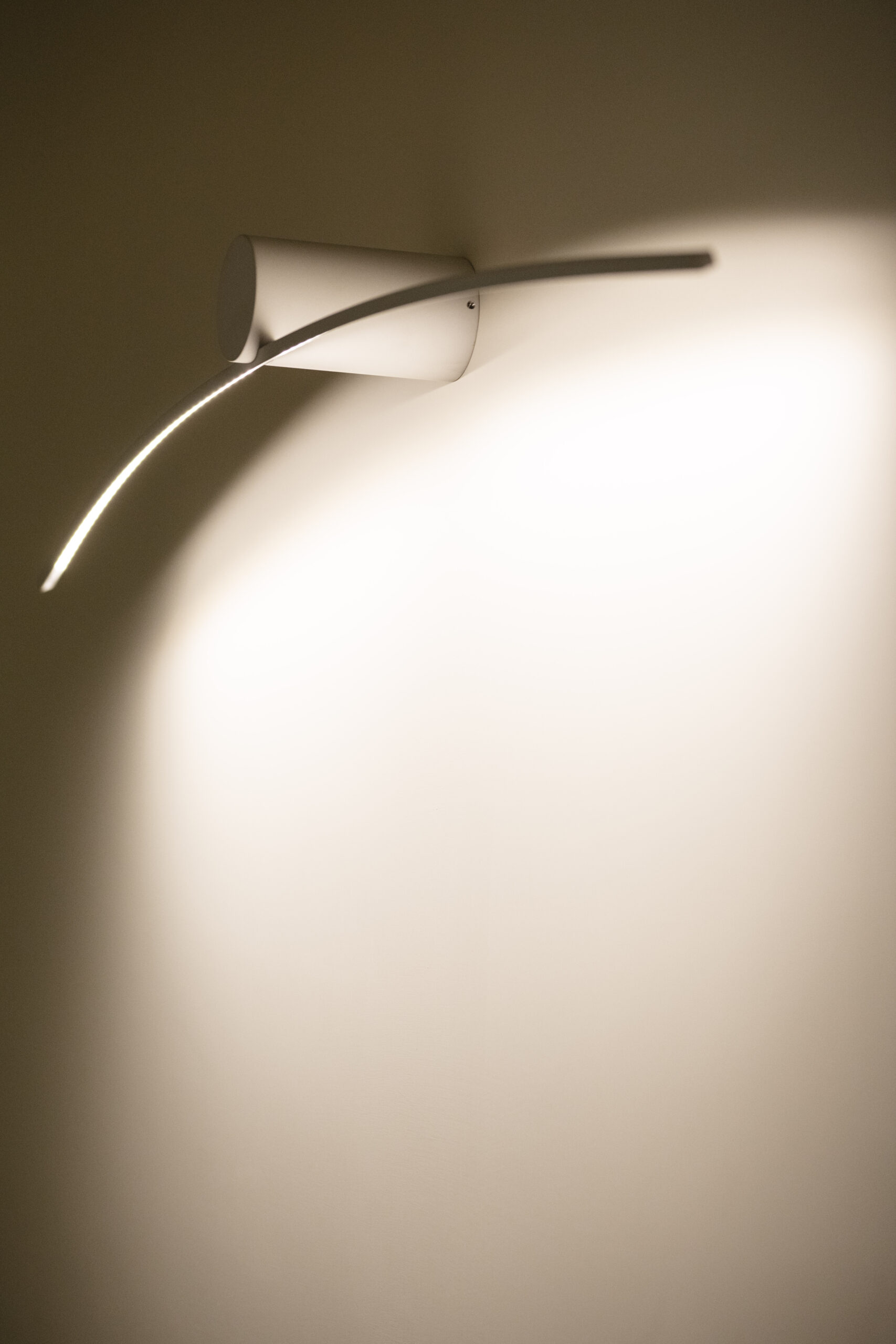
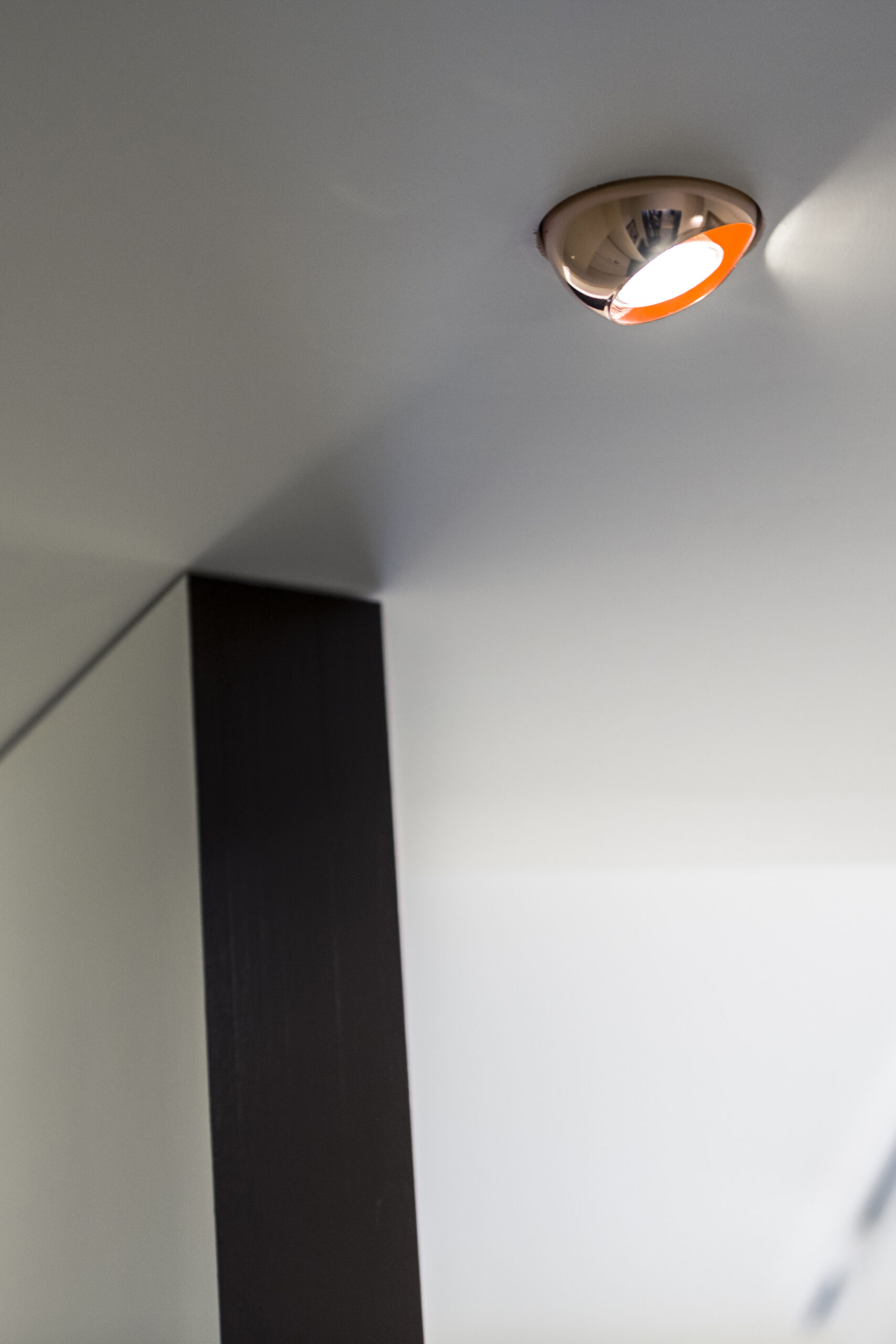
LIVING AND DINING ROOM
The use of a dimmer allows you to have a total control over all the lights due to the possibility of adjusting their intensity; a warm and suffused colour is perfect to create a welcoming and familiar environment.
As for the dining room, the light points should be placed over the table in such a manner as to show it up and allow a uniform and pleasant lighting. In this case, the pendant lights are the most suitable solution. It is important to install them at the right height, because - otherwise - they could blind the guests and even alter the colour of your courses.
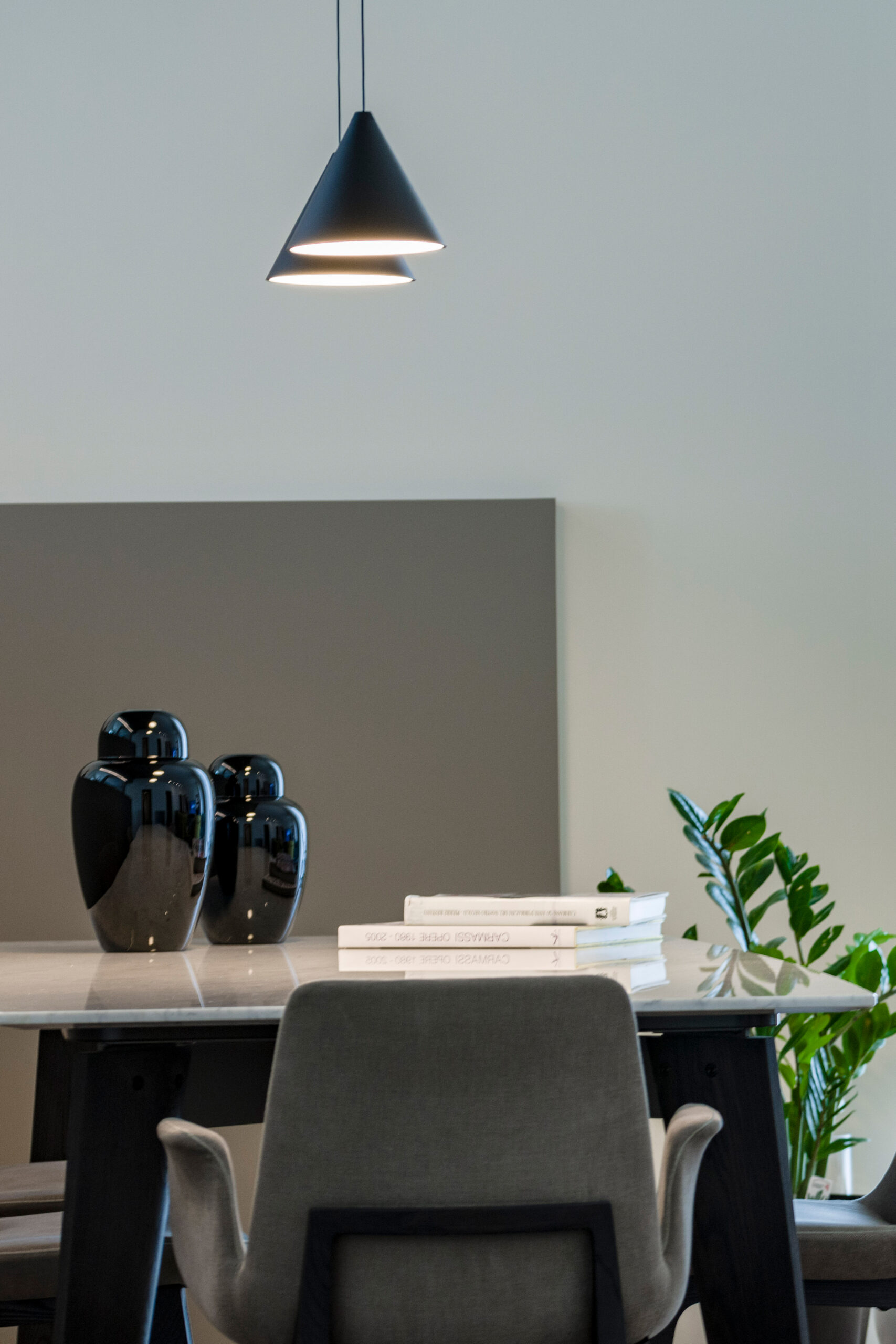
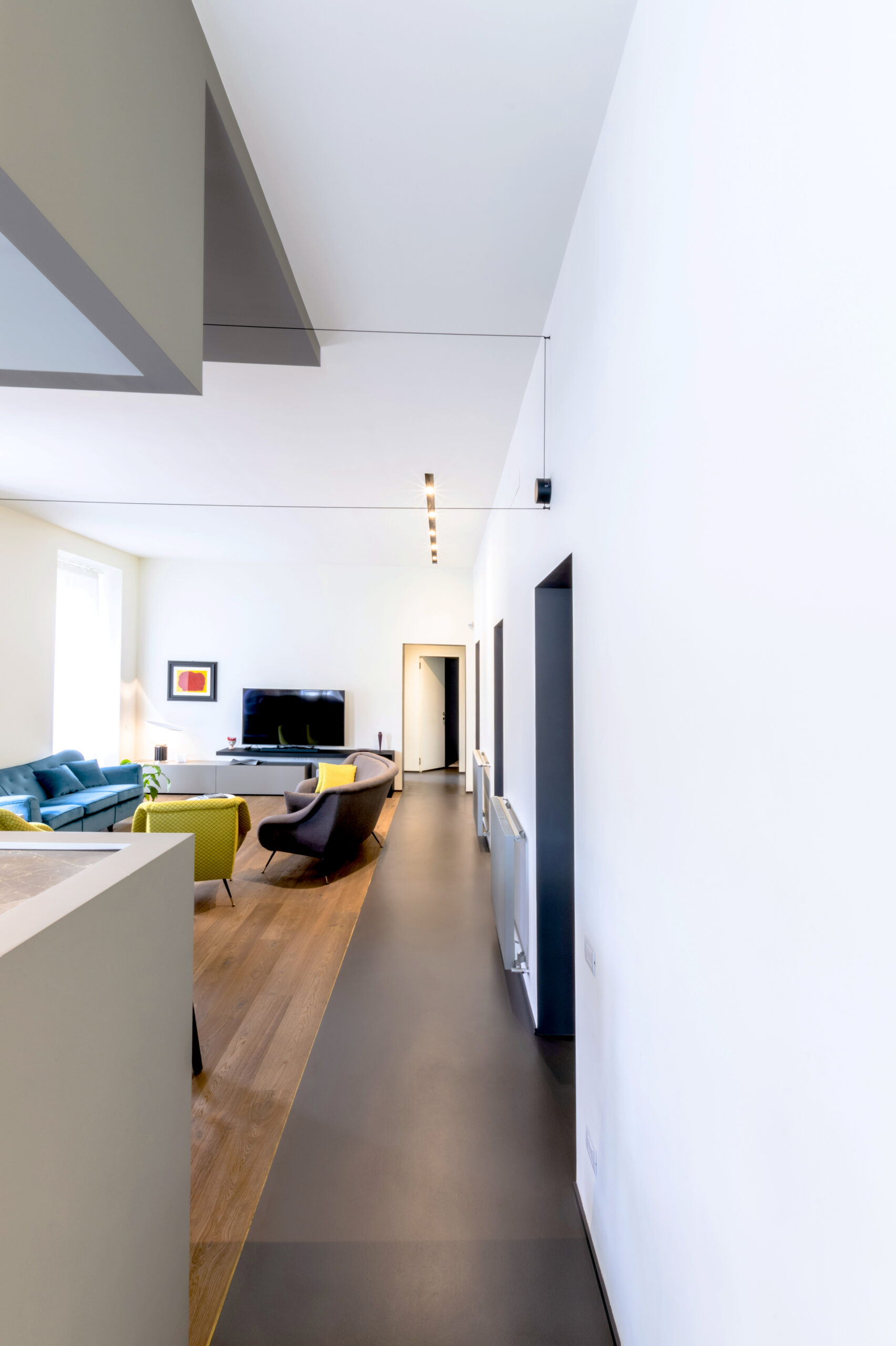
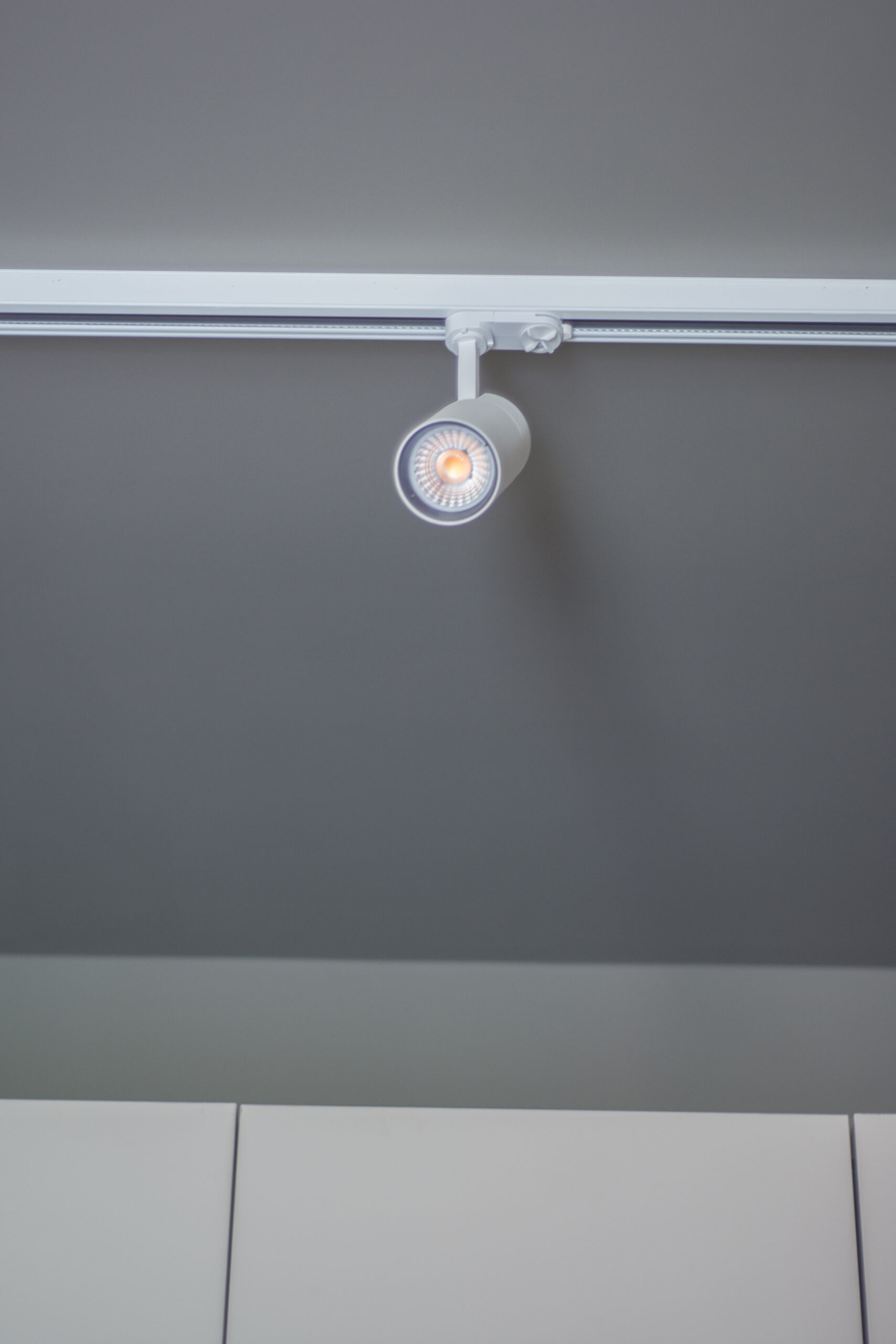
KITCHEN
The kitchen certainly needs a chandelier for the ambient lighting, in addition to spotlights or task lights to illuminate the cooking area and the sink. It is important to properly positioning the lighting fixtures as they should not create shadow areas.
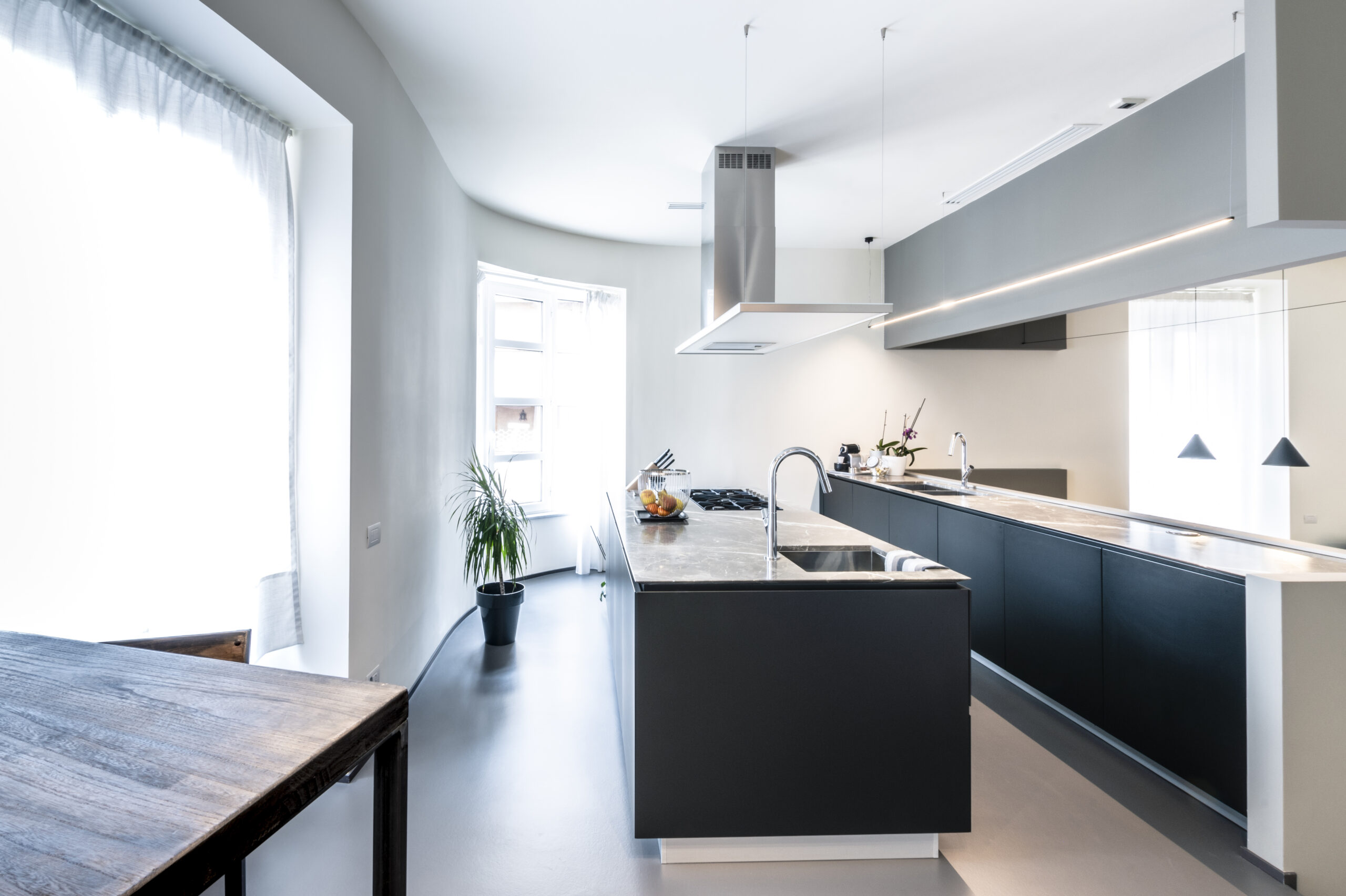
BEDROOM
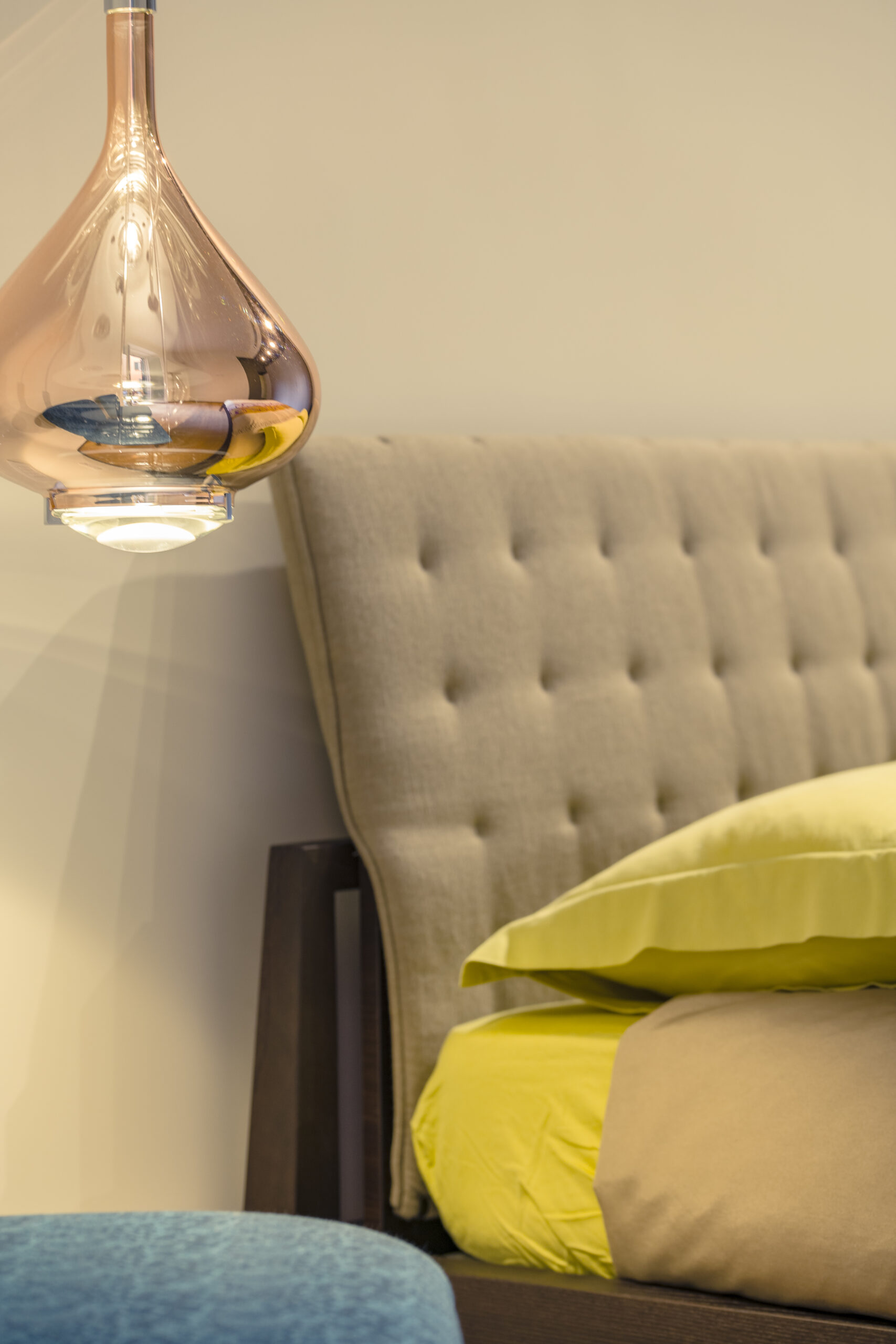
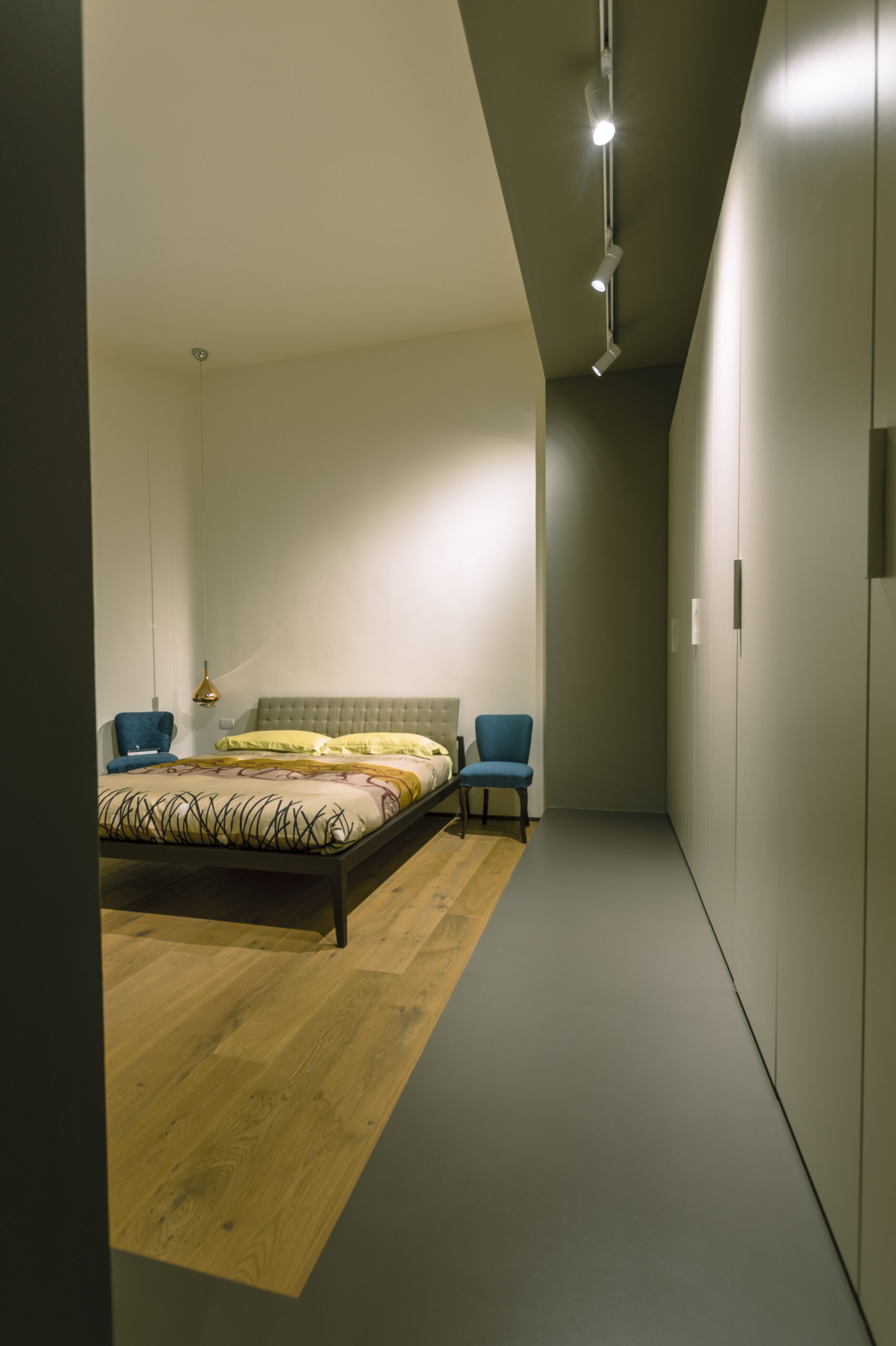
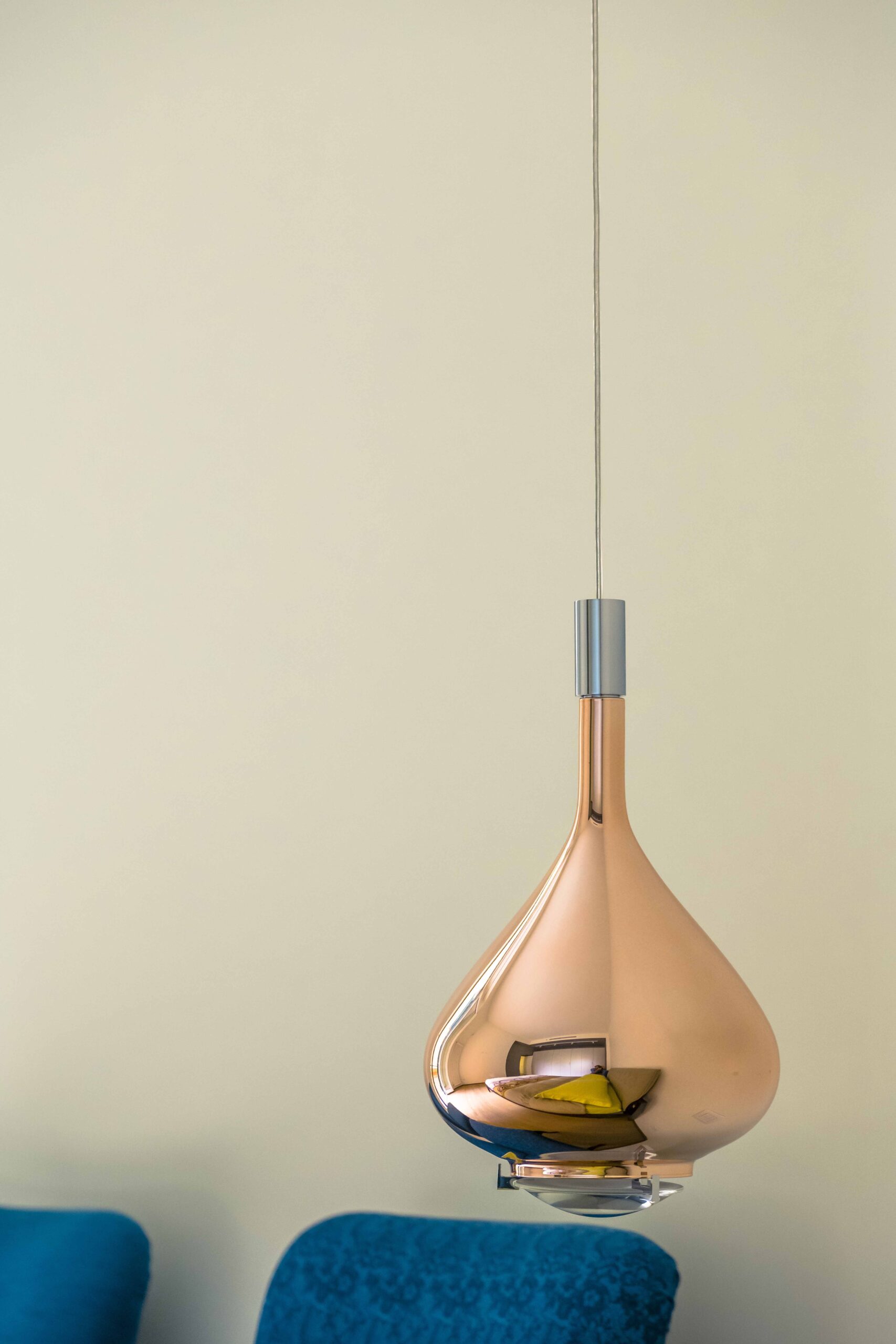
CHILDREN'S BEDROOM
BATHROOM
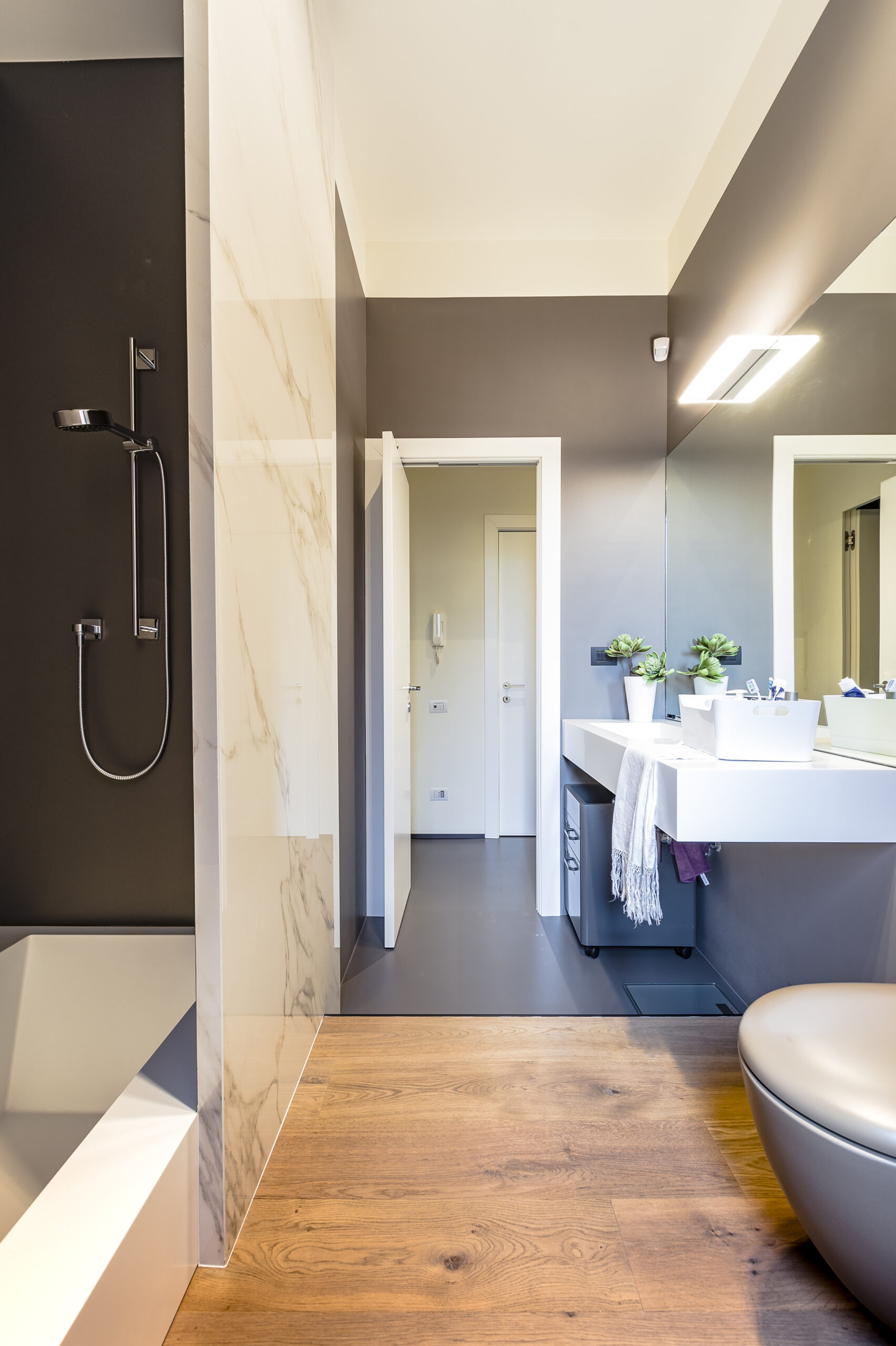
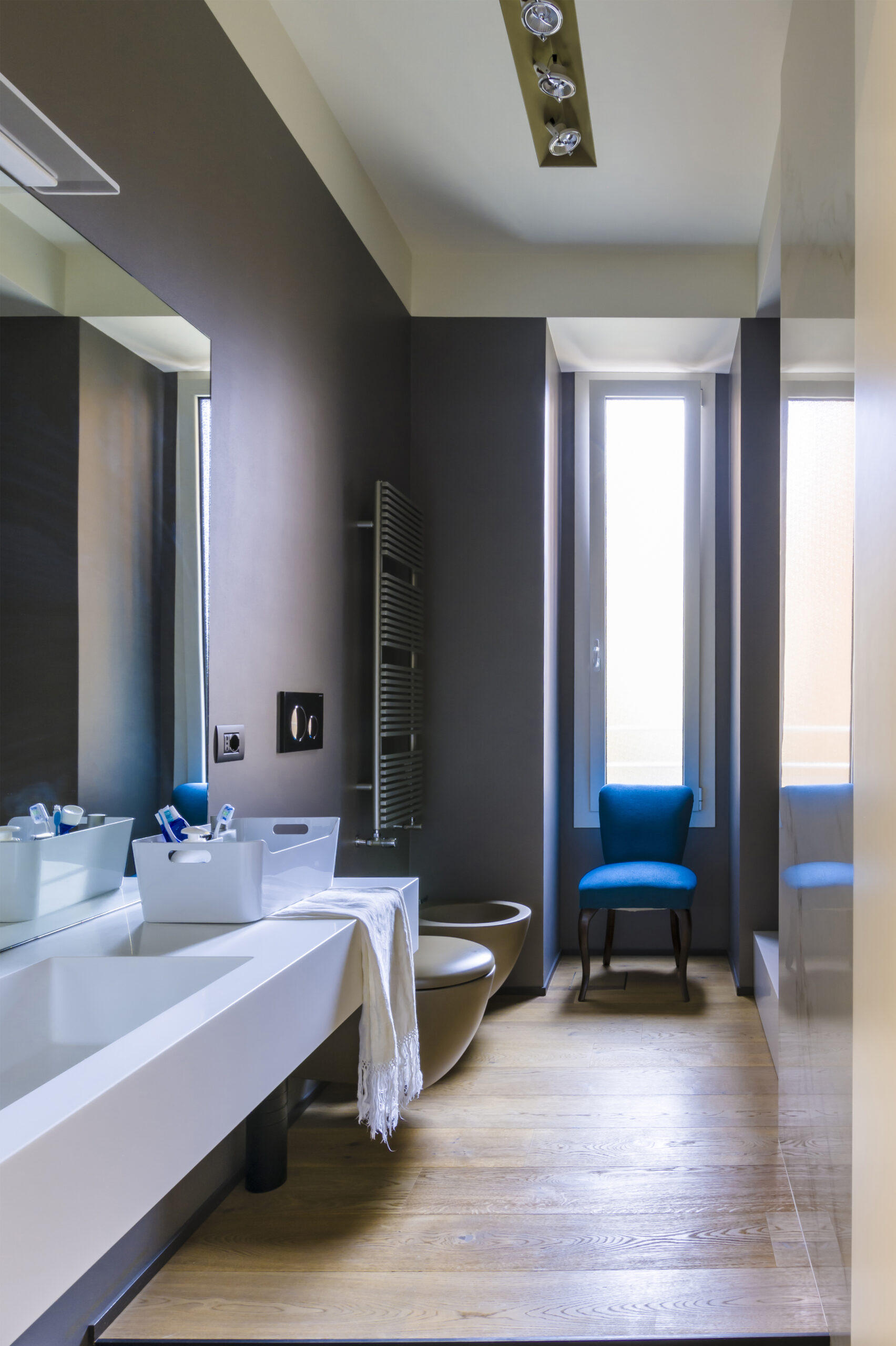
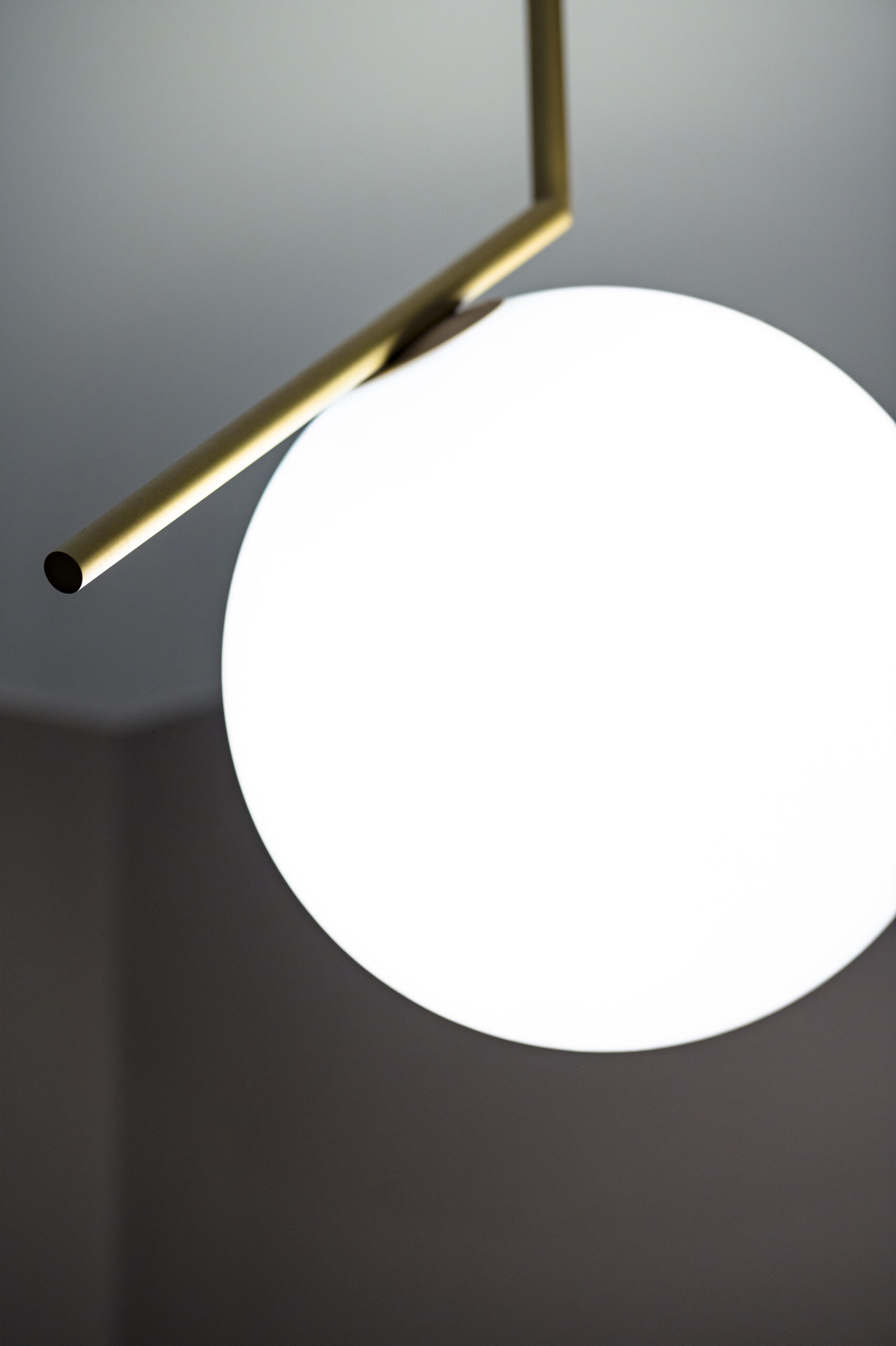
In conclusion, even if it may seem almost a paradox, to well illuminate a house it is necessary to begin from a preliminary study of its natural light. All subsequent choices will be made on the basis of this study to create a unique, perfect, and detailed environment for your house: in other words, your dream house.
